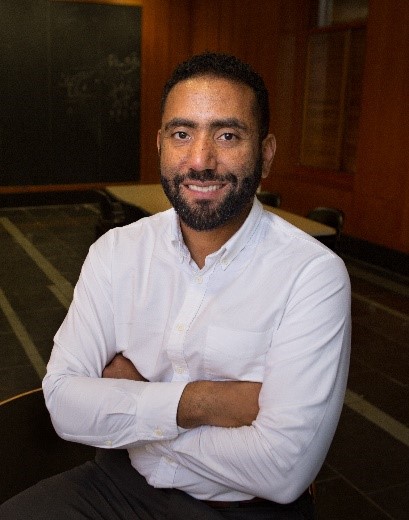
Webinar: Single-Cell Multiomic Analysis of Thymocyte Development
CD4 and CD8 T cells play critical roles in the mammalian immune system. While their development within the thymus from the CD4+CD8+ stage has been widely studied as a model of lineage commitment, the underlying mechanism remains unclear.
In this webinar, Aaron Streets of UC Berkeley will discuss how this process can be deconstructed by applying CITE-seq to measure the transcriptome and over 100 surface proteins in thymocytes from wild-type and lineage-restricted mice. Streets will explain how totalVI can be used to jointly analyze the paired measurements to build a comprehensive timeline of RNA and protein expression in each lineage. This data supports a sequential model of lineage determination in which both lineages go through an initial phase of CD4 lineage audition, which is followed by divergence and specification of CD8 lineage cells.
Participants can expect to learn:
- How the totalVI computational pipeline can be used to interpret CITE-seq data.
- How single-cell multiomic measurements can be integrated with traditional flow cytometry to generate a hypothesis.
- A comprehensive model for T-cell development in the thymus.
Questions not answered during webinar due to time constraints – written answers obtained from Dr. Streets.
Q: Is it the case that your "in silica" CD4 vs CD8 plots showed no CD4- CD8- (immature) cells?
A: Correct, we did indeed collect these double negative thymocytes but we filtered them out before further analysis of the differentiation process. See fig 1b in the preprint: https://www.biorxiv.org/content/10.1101/2021.07.12.452119v1.full
Q: Re: your cyclosporin treatment, if your hypothesis is that your perturbation missed the window of fate commitment, could you confirm this by e.g. running sequential timepoints and linking cell populations via an optimal transport mapping to track changes in their lineage commitment?
A: This is a really good question/suggestion. We haven't yet performed CITEseq on the ex vivo slice system and the challenge might be mapping the neonatal latent space onto the pseudotime axis that we inferred with the adult thymocytes. But I think conceptually the proposed idea makes a lot of sense. Another approach might be to seed the slices with tagged thymocytes at various stages and see how they evolve in situ.
 Login / Register
Login / Register 






Follow Us